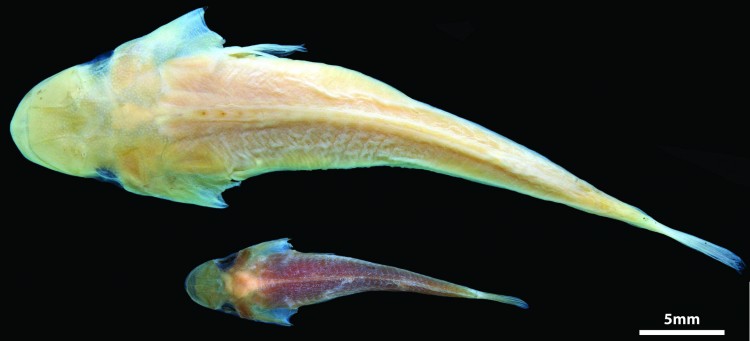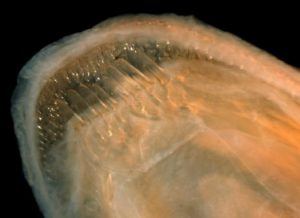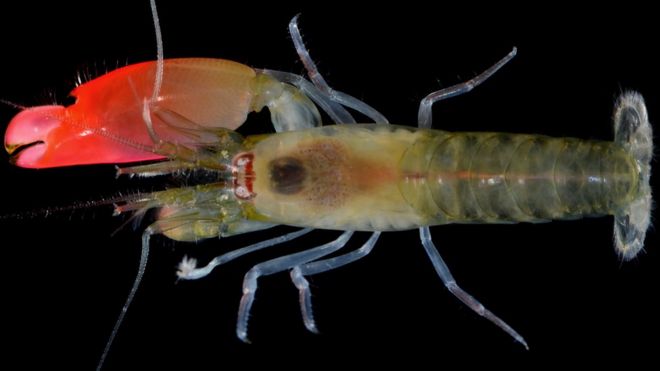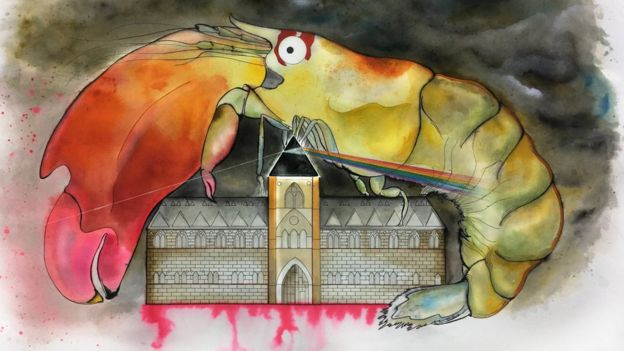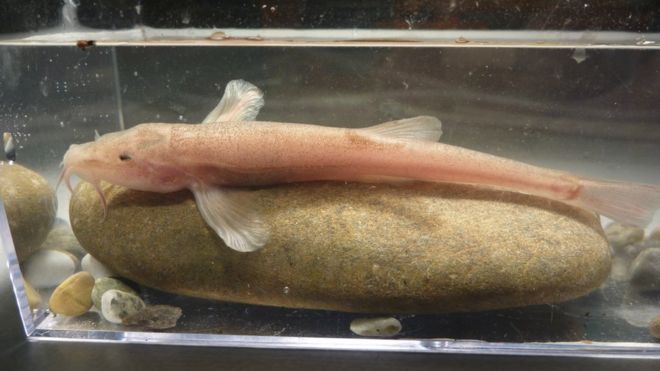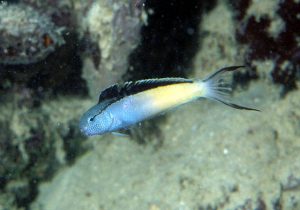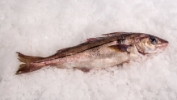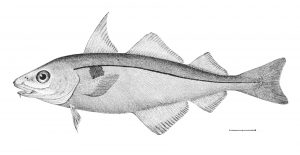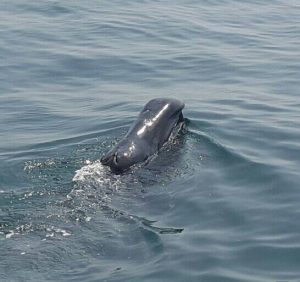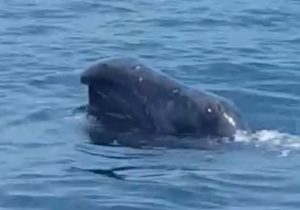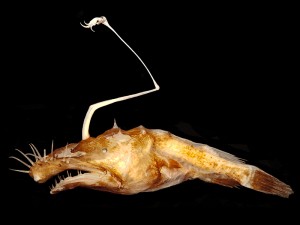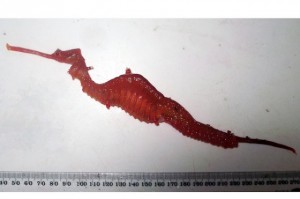Aquatic scientific names in the news …
17th May 2017
The Vaquita
The rarest marine mammal in the world, Phocoena sinus, the Vaquita is in grave danger of extinction as a result of illegal fishing.

Vaquita. Image: Paula Olson (NOAA)
The Vaquita, a 1.4 metre long porpoise, is in danger as a side effect of the illegal trade in Totoabo swim bladders driven by the Chinese black market. The swim bladders are considered a delicacy in Chinese cuisine and are believed by many Chinese to be a treatment for fertility, circulatory, and skin problems. Although those from domestic waters are preferred these are now exceedingly rare having been intensively fished for decades. This has driven a highly lucrative illegal trade in Vaquita fishing to the Gulf of Mexico with the bladders commanding an average price of $20,000 per kilogram making them a more valuable commodity than cocaine or elephant ivory.
The Totoabo, Totoaba macdonaldi, is the largest member of the drum family Sciaenidae, it grows up to two metres in length and is itself a rare endangered species; formerly an abundant species it has been subject to intensive fishing, subsequently commercial fishery was banned in 1975.

Totoaba. Image: FOA
It is believed that there may be as few as 30 Vaquita left in the northern Gulf of Mexico and that they could become extinct within months. The population has been largely eradicated as by-catch of the illegal Totoaba fishing.
The fish, along with the porpoises, are captured in gill-nets, currently banned by the Mexican government. This ban expires at the end of May and on Tuesday the conservation group WWF called on Mexico to introduce and enforce a permanent ban on all gill-nets saying, “The last hope for the species is the Mexican government immediately putting in place and properly enforcing a permanent ban.”
With extinction looming an emergency plan is being put in place to try to round up a few individuals and place them in a sanctuary, the success of the plan is uncertain as the capture and relocation of Vaquita has not been previously attempted.
The common name vaquita comes from Spanish meaning little cow.
Etymology
Phocoena sinus Norris & McFarland, 1958, the Vaquita.
Phocoena – Greek, phokaina (φωκαινα), porpoise.
sinus – Latin, a bay, bight, gulf. “The specific name sinus was suggested to Norris and McFarland by Carl L. Hubbs and is Latin, meaning bay, referring to the occurrence of the species in the Gulf of California.”
Ref. RL Brownell Jr. 1983 Mammalian Species, No. 198, Phocoena sinus. The American Society of Mammalogists
Totoaba macdonaldi (Gilbert, 1890), the Totoaba.
Totoaba – Eytmology unknown. Name likely of native American origin.
macdonaldi – Latinized surname. Likely honouring US fisheries scientist Marshall McDonald, (1835 – 1895), commissioner of the United States Commission of Fish and Fisheries (1888-1895).


